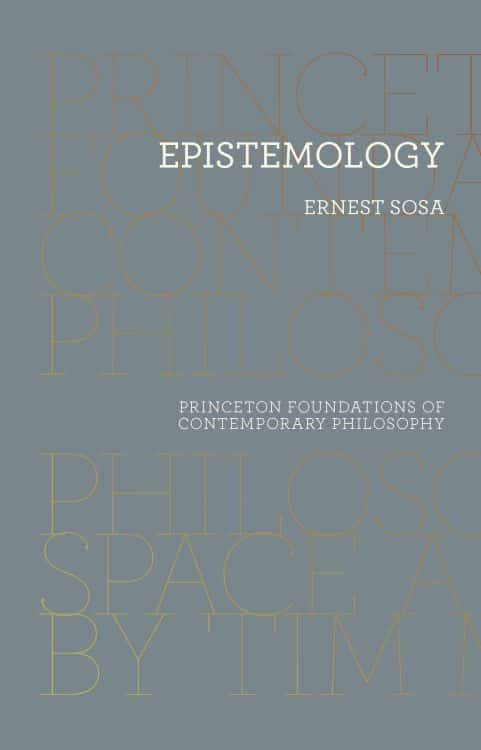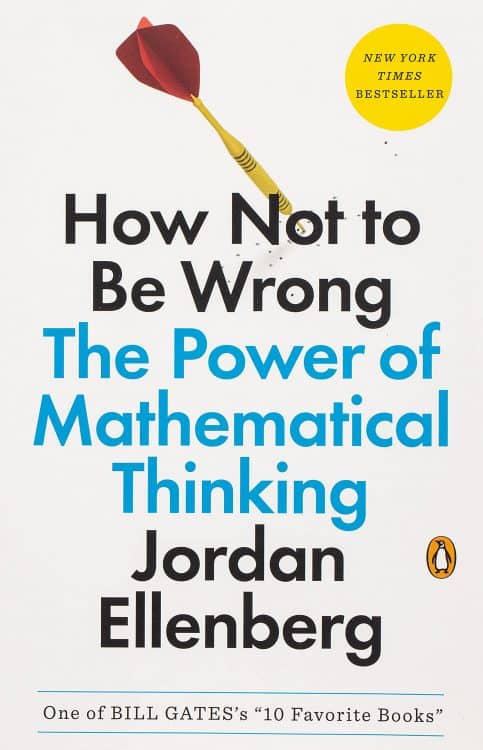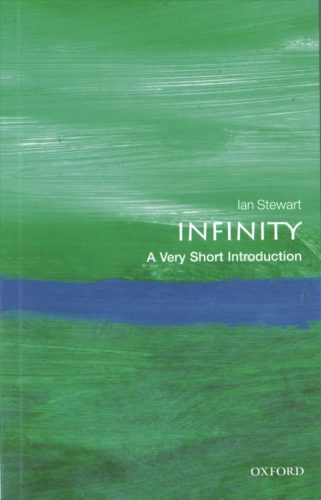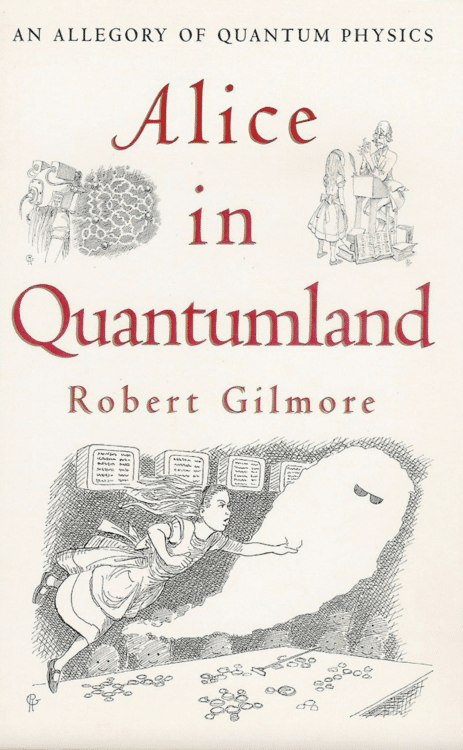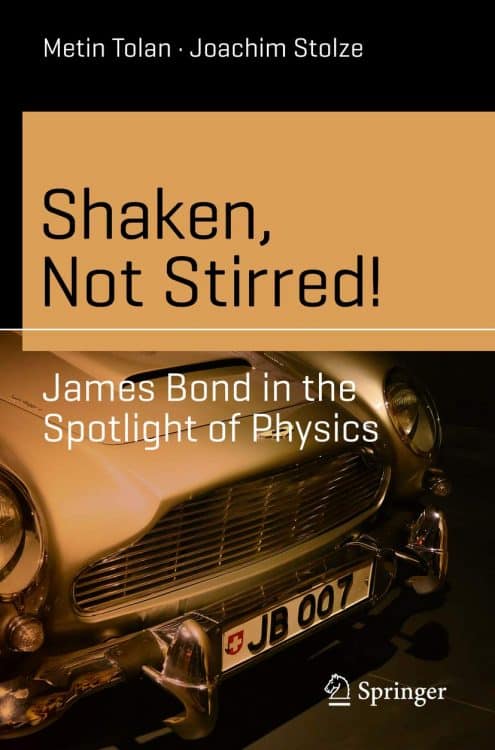Philosophy of Physics: Space and Time introduces non-physicists to the key philosophical concerns concerning the nature and organization of space and time. It is also a perfect resource for physicists interested in the conceptual foundations of space-time theory.
Tim Maudlin’s broad historical perspective covers Aristotelian and Newtonian space and time descriptions. It follows how Galileo’s notions of relativity and space-time led to Einstein’s special and general theories of relativity. Maudlin presents special relativity with enough depth to answer physical difficulties while explaining general relativity qualitatively.
Additional subjects include the Twins Paradox, the physical features of the Lorentz-FitzGerald contraction, the constancy of the speed of light, time travel, the direction of time, and more.
- Introduces nonphysicists to the philosophical basis of space-time theory
- Provides a wide historical picture, from Aristotle to Einstein
- Explains special relativity geometrically, highlighting the intrinsic structure of space-time
- Covers the Twins Paradox, Galilean relativity, time travel, and more
- Requires only basic algebra and no formal understanding of physics




